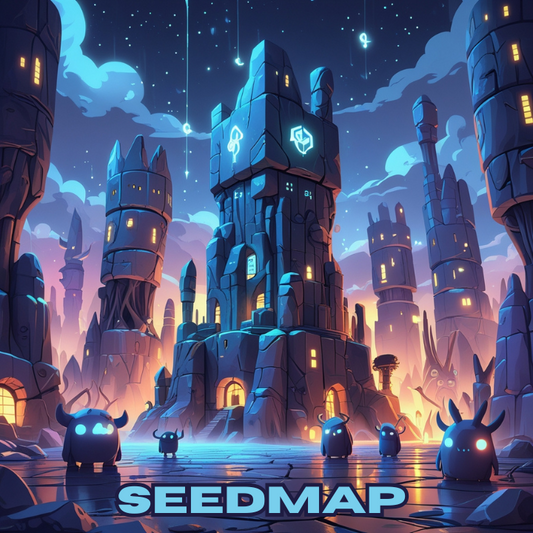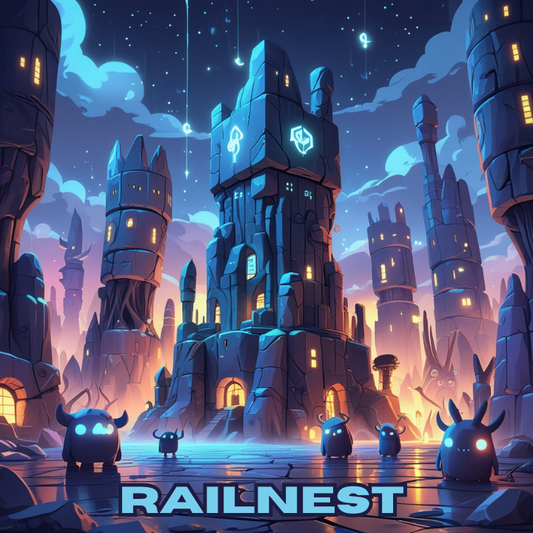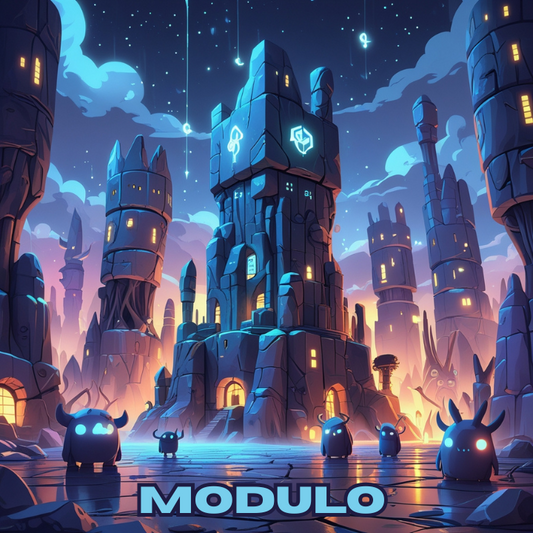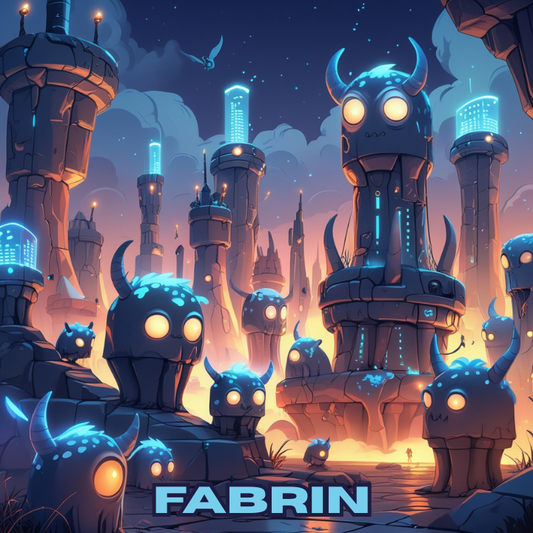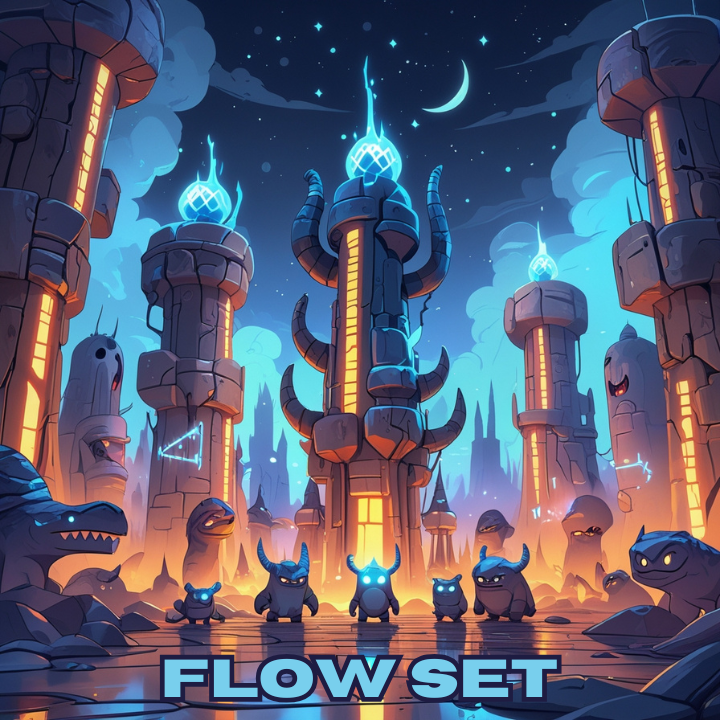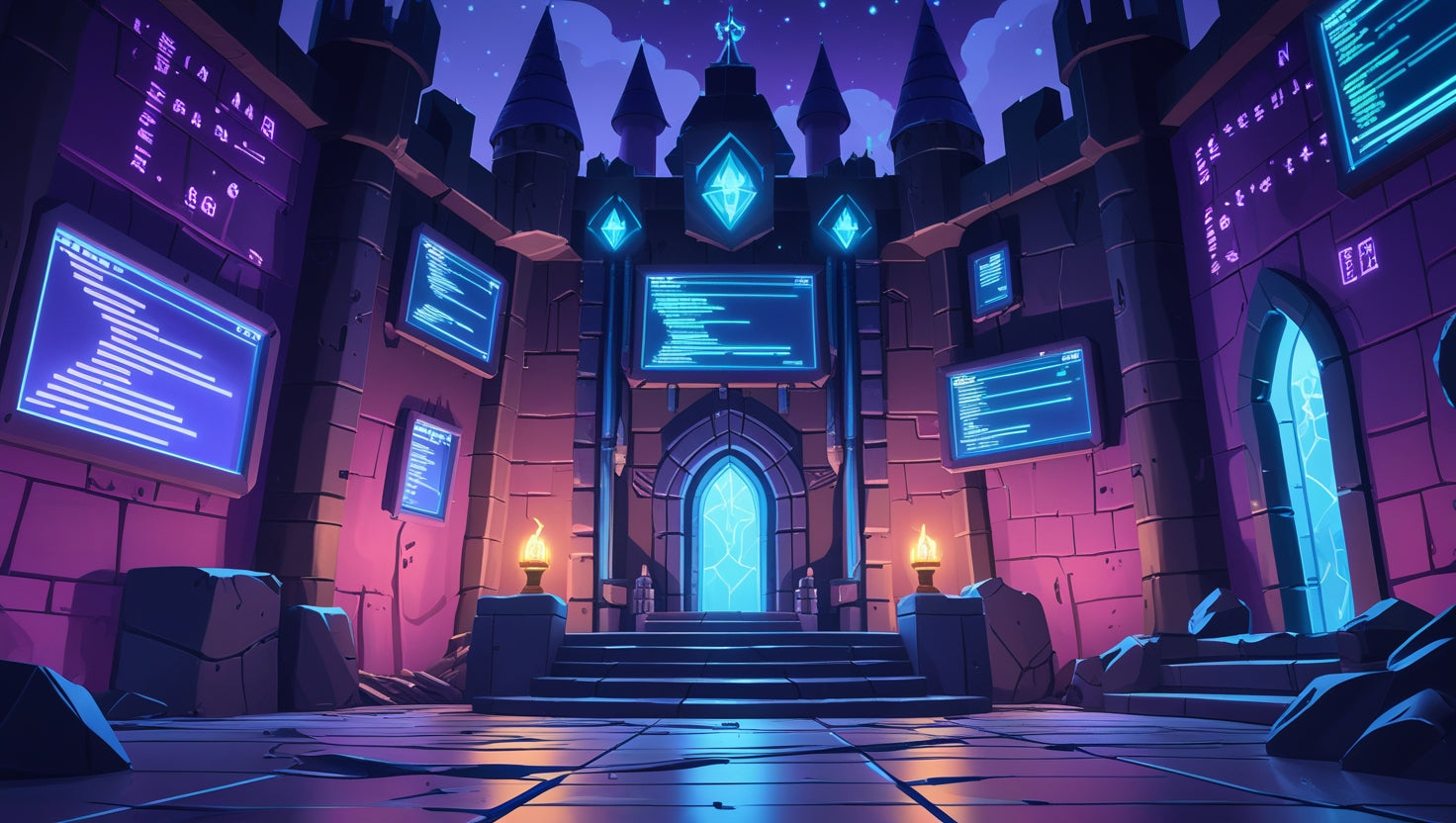
Strust Framework — In Action
Nexocodeon is an environment for deep learning of Strust. Each course introduces tools, techniques, and practices used in real development. Nothing is skipped — everything is carefully laid out.
Courses That Anchor Progress
We recommend beginning with the foundational courses, and then continuing with those that suit your current level. Each course brings in new techniques without repeating the previous ones.
This collection highlights courses that most learners start with.

Nexocodeon is more than courses
It’s a place where logic is built from the ground up. The project was created by developers who work with real systems and know what it takes to assemble functioning code. We’ve gathered in one place the patterns, approaches, and techniques we use ourselves. Our courses guide learners from basics to more advanced topics. It’s not about polish — it’s about clear thinking.
How We Work Through Topics
We’ve shaped our courses around the core practices that matter in Strust
-
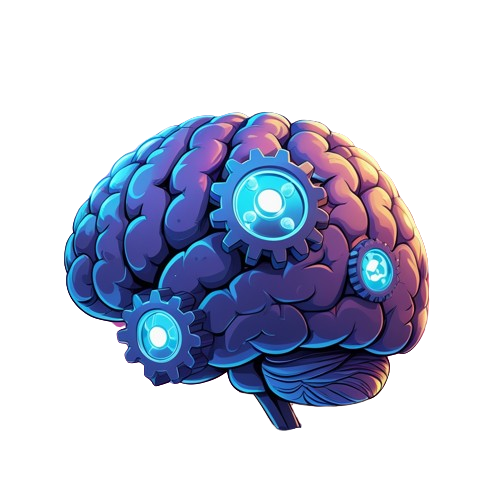
Logical Progression
We guide students step by step, letting each topic build on the previous. Everything is tied to practical use cases.
-

Practice From the Start
All examples are grounded in real tasks. Even simple concepts are reinforced with hands-on scenarios.
-

Attention to Detail
Strust demands precision. We focus on the subtle elements — because they shape how systems behave.

Learning Through Practical Context
Every topic comes with examples. Every exercise carries logic. Strust requires more than just code — it requires clarity in how things connect. Our courses focus on real-world tasks: building routers, handling events, shaping APIs, designing templates, and managing errors. Everything is tied to examples you can follow directly.
Three Minds. One Focus.
We work in different areas of development, but think in sync

System Architect
Ethan Graves
Works at the intersection of system design and hands-on implementation. He focuses on simple solutions for complex challenges. His experience includes building scalable services with clear logical flows.

Backend Engineer
Noah Reynolds
Writes clean, minimal, and efficient code. Specializes in distributed requests, data flows, and logic isolation. Strikes a balance between speed and flexibility in backend architecture.

System Integrator
Lena Whitmore
Connects systems with precision. Brings services together into cohesive units, explains through boundaries and real-world examples. Pays attention to the moments others overlook.
Nexocodeon
Flow Set
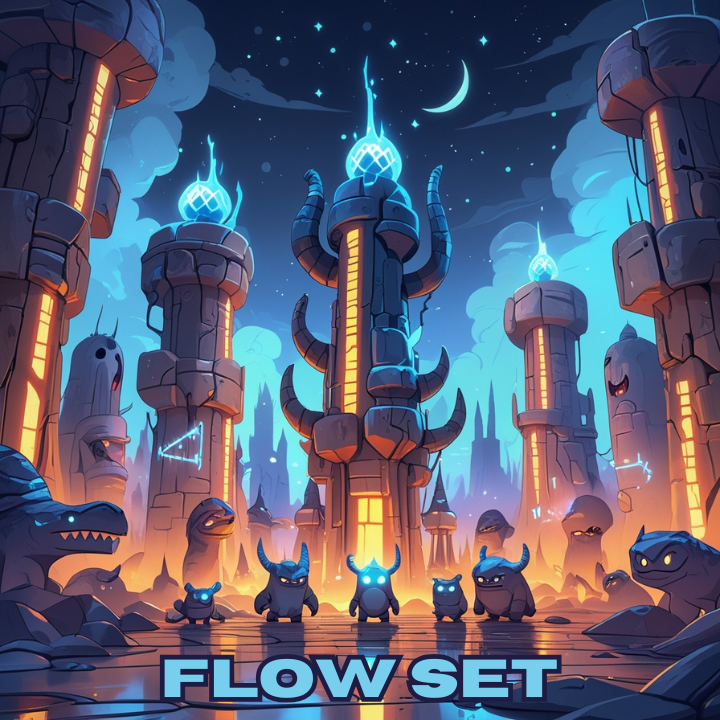
Answers to Common Questions
Do I need experience with Strust to start learning?
No, no previous experience is required. The introductory courses are designed to explain key principles from scratch. Each lesson has a logic of gradual immersion in the material. Even complex concepts are broken down into understandable parts with examples.
Will these courses help in real projects?
Yes, we created the courses based on what we use in our work. The material is based on practical tasks and techniques tested in real systems. You will receive tools that you can immediately apply in your own projects. Special attention is paid to details that are often ignored in theory.
What topics do the courses cover?
The topics cover the full cycle: environment setup, route creation, database interaction, API construction, event processing. More advanced courses cover asynchronous processes and integration of external services. Each topic is covered through examples and practical blocks. You can gradually deepen your knowledge, moving from one level to another.
Do you need any special knowledge before starting?
It is advisable to have a basic understanding of programming and the syntax of the language in which Strust works. If you have already worked with other frameworks or backend development, the adaptation will be faster. But even without this, the material is presented in such a way that you can understand the general logic. Everything is explained through examples.
What to do if you have any difficulties during your studies?
If you have any questions, we are always in touch. Even if the problem seems minor, it is better to solve it immediately. We support the learning process so that you do not stop at the moment. Our goal is to ensure that your knowledge remains a reliable support.
What do the tasks in the courses look like?
The tasks are based on real cases. They help to check understanding and consolidate the topic with practice. In most cases, these are fragments of logic that need to be supplemented, rebuilt or created from scratch. These are not tests, but a living process.
Are these courses suitable for those looking to transition from another field?
Yes, if you have a desire to systematically study the tool, then these courses are a good entry point. They reveal not only the mechanics, but also the way of thinking required when working with frameworks. This helps to adapt even for those who previously worked in completely different areas. The main thing is attentiveness and a desire to learn.

Pick Your Direction — We’ve Laid the Path
Everyone has their own journey through Strust. The key is to begin and stay focused.

